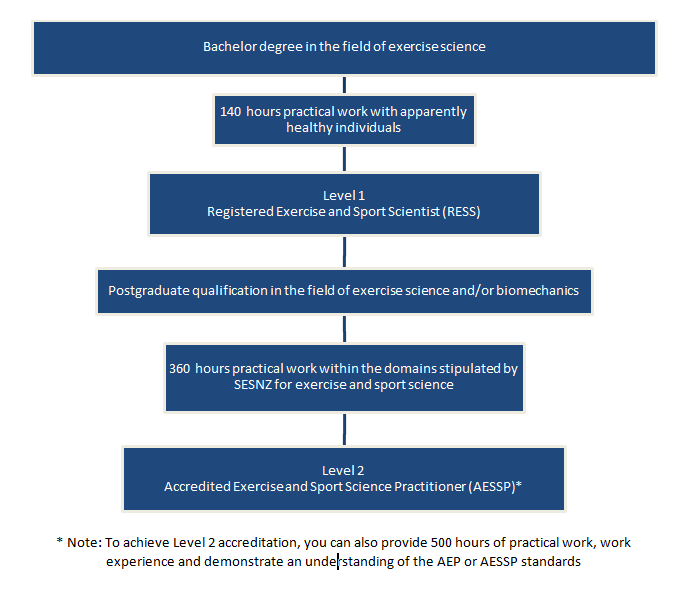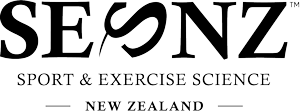Biomechanics
The Sport Biomechanics practitioner has expertise in assessment and evaluation of sport performance and technique with the aim of improving athlete performance and/or reducing injury risk.
Scope of Practise:
· Apply the principles of the biomechanical analysis of human movement in the context the sporting population and environment.
· Knowledge of appropriate, reliable and valid methods for assessing sports technique to improve an athlete’s performance, in a variety of environments and sporting contexts.
· Knowledge of basic tissue mechanics and mechanisms of injury. Ability to apply concepts to evaluate injury risk in athlete performance.
· Communication of findings in an accessible manner for coaches and sports medicine professionals.
· Aid coaching staff in the development of technique modifications to improve the efficiency of an athlete’s performance and/or to reduce the risk of injury
· Working with researchers to develop new techniques, sports equipment (e.g. rackets, bats, balls, surfaces) or personal equipment (e.g. helmets, footwear, sportswear) to improve sports performance and/or reduce the risk of injury
Skills and Competencies
Candidate case studies should demonstrate the following;
· Ability to qualitatively represent a sporting technique/movement with appropriate use of free body diagrams or deterministic models.
· Ability to quantitively evaluate a sporting technique/movement with appropriate kinematic and kinetic variables.
· Knowledge of both three-dimensional and two-dimensional methods for motion capture.
· Showing appropriate understanding and usage of: Marker sets (e.g., Helen Hayes, Cleveland clinic, rigid, cluster), Motion capture systems (e.g., On-line systems, Dv cameras, Inertial measurement units), Calibration techniques (e.g., volume, plane, anatomical), Direct force measures (e.g., force plate, F-scan, transducers), Electromyography (EMG)
· Ability to accurately interpret Biomechanical data and monitor outcomes in the short or long-term.
· Fundamental sporting movement analyses, e.g., gait (running, walking), upper limb (throwing, striking), lower limb (kicking, jumping).
· Knowledge of both laboratory-based and field-based testing techniques where appropriate.
· Ability to analyse data utilising advanced software with basic coding techniques e.g., R, Python, MATLAB
· Ability to communicate findings in an appropriate manner to the stakeholders (e.g., written reports, annotated video analysis)

